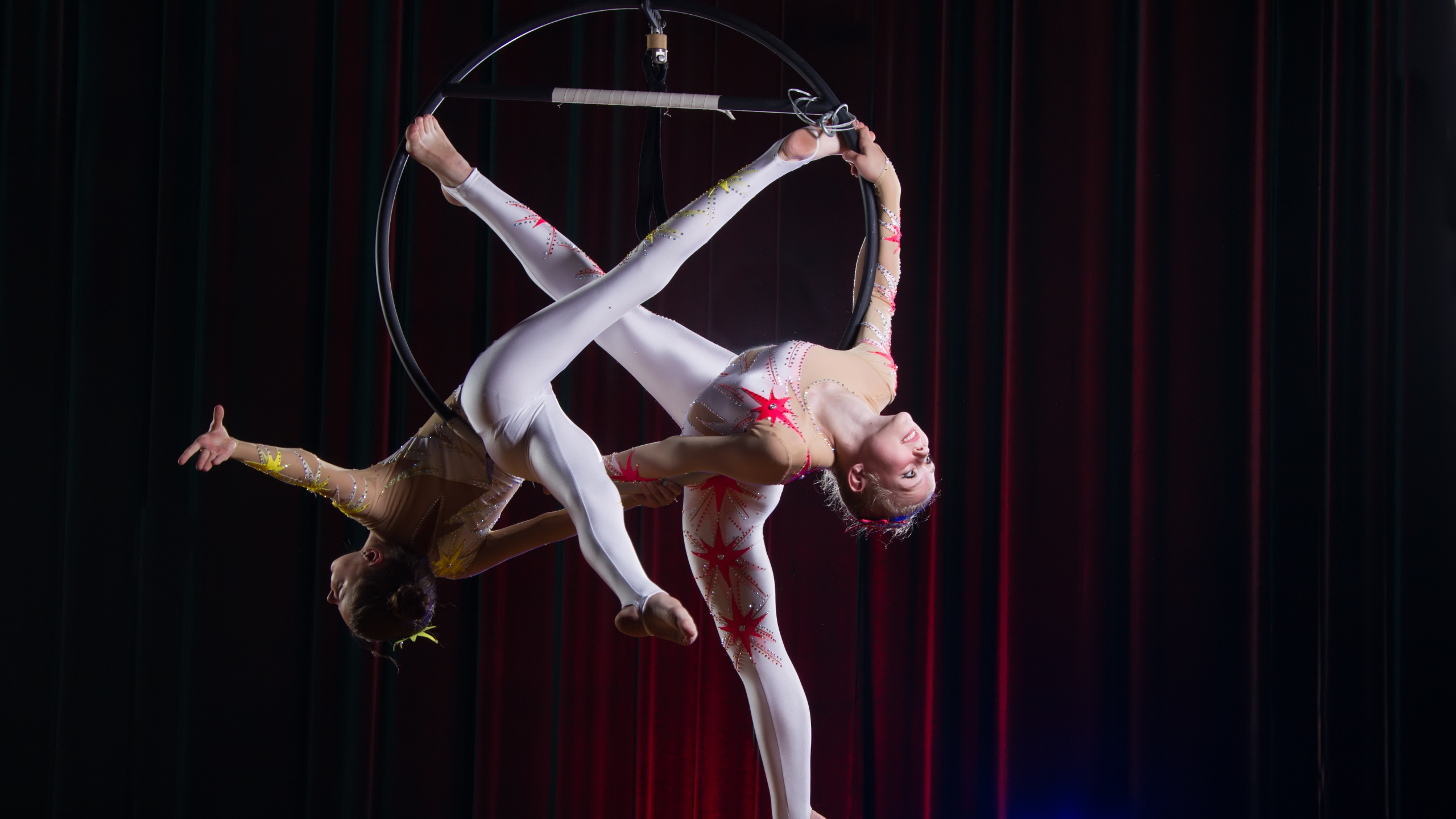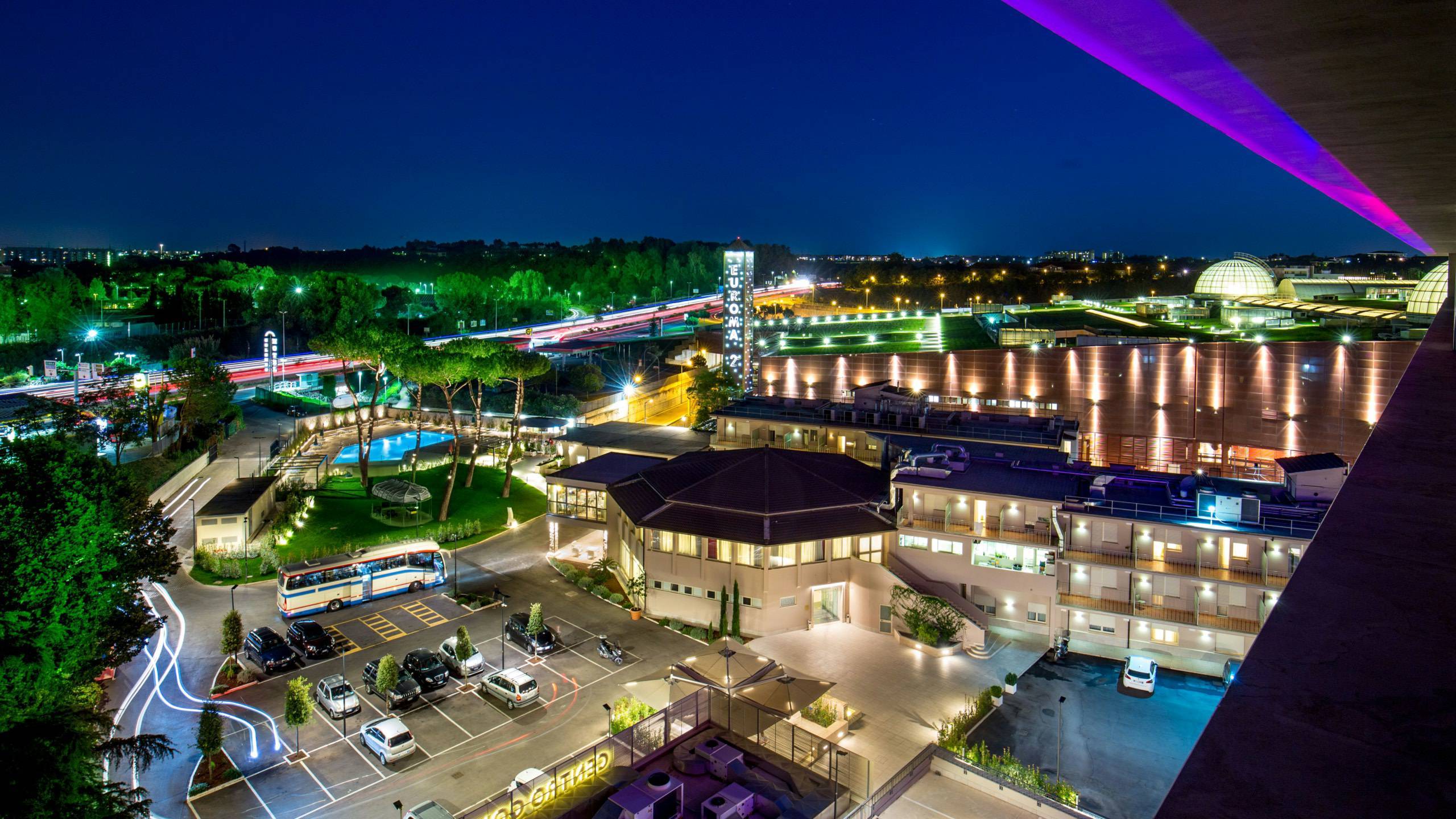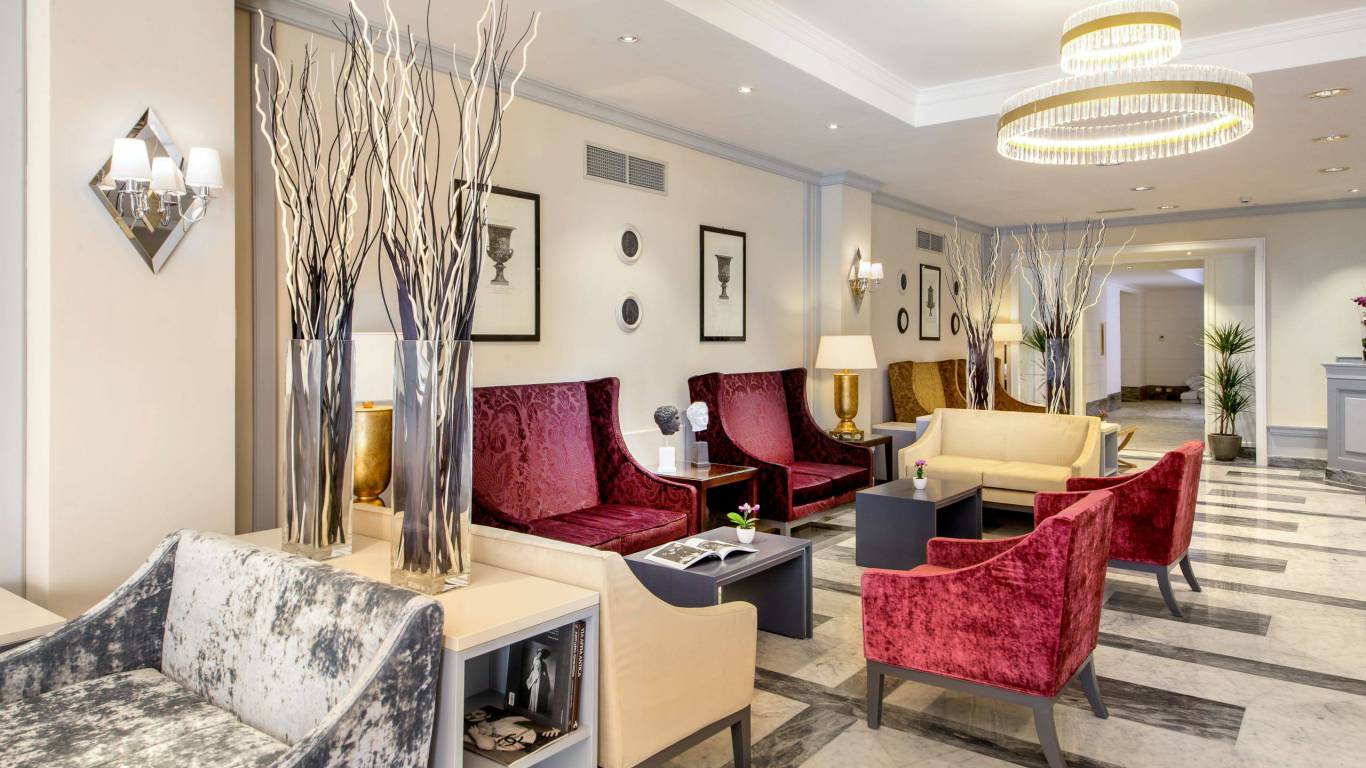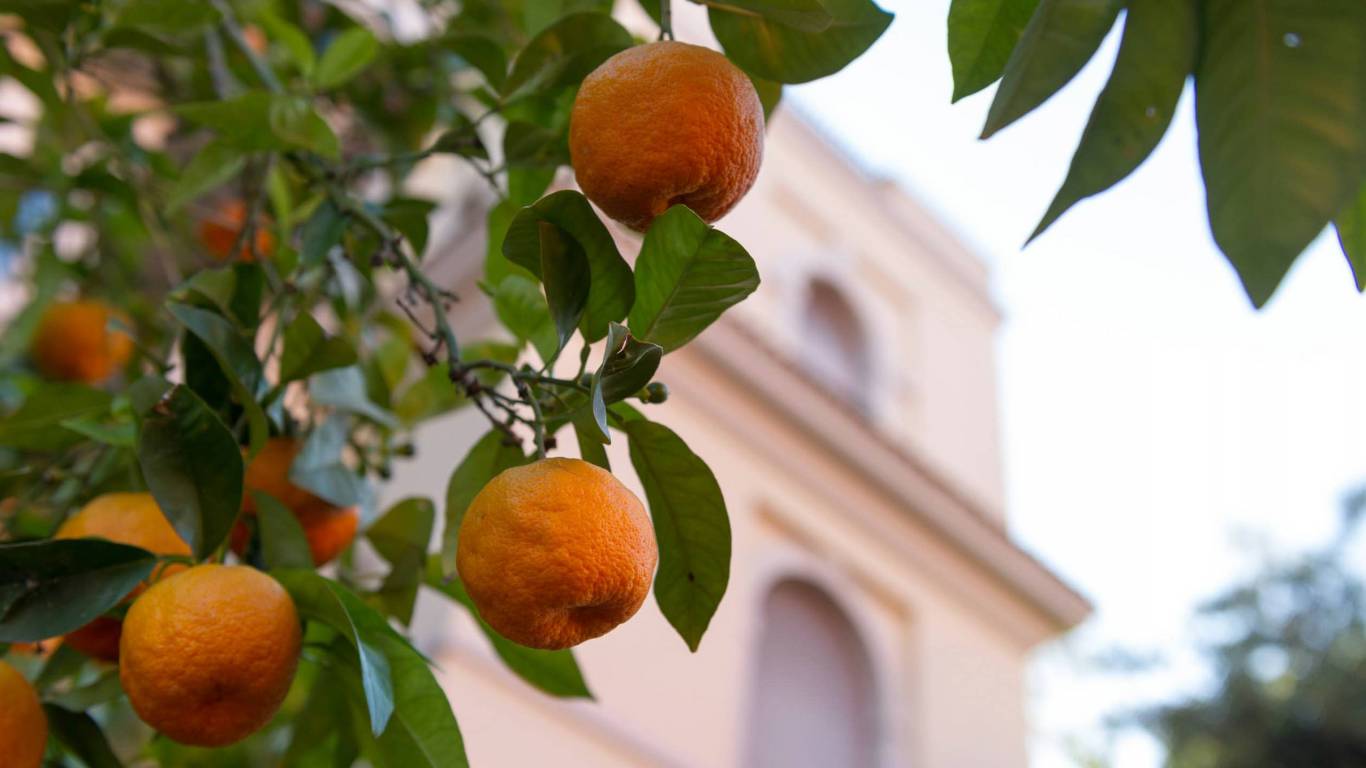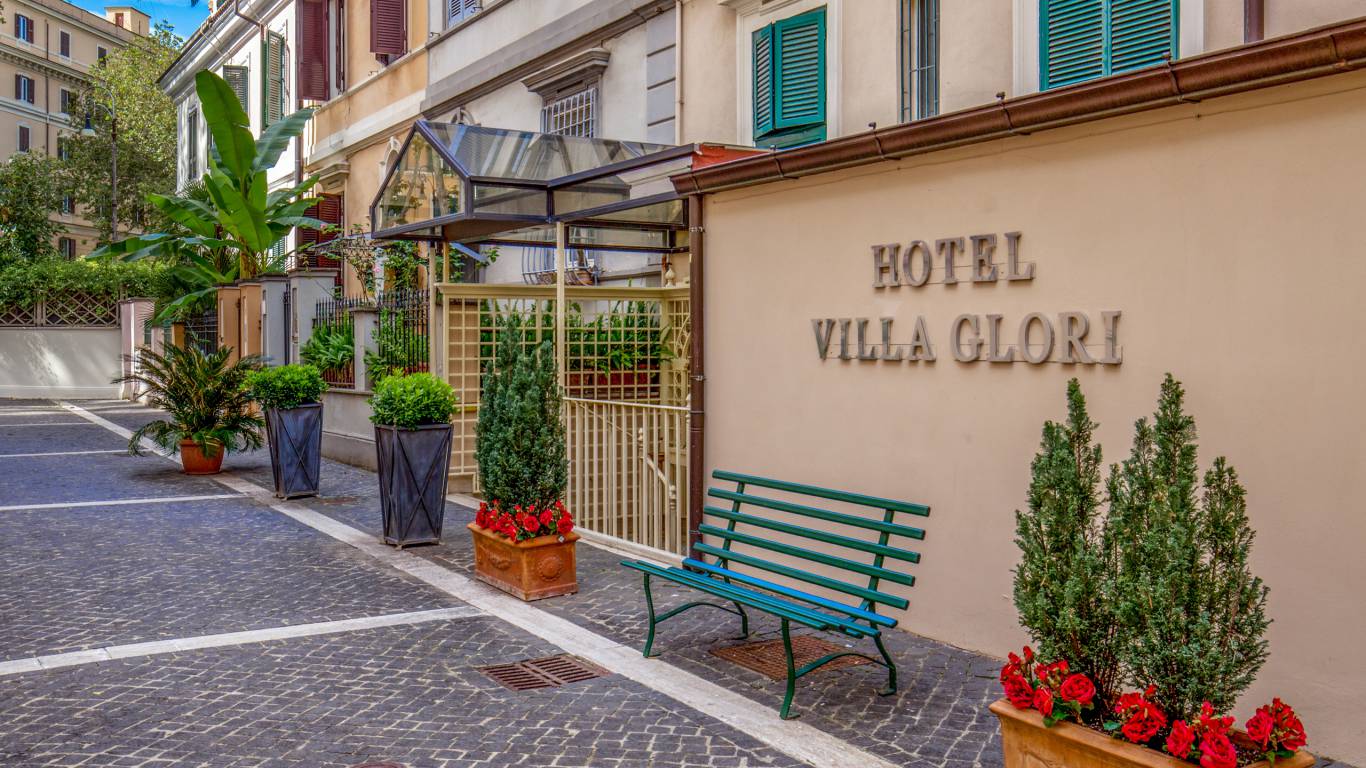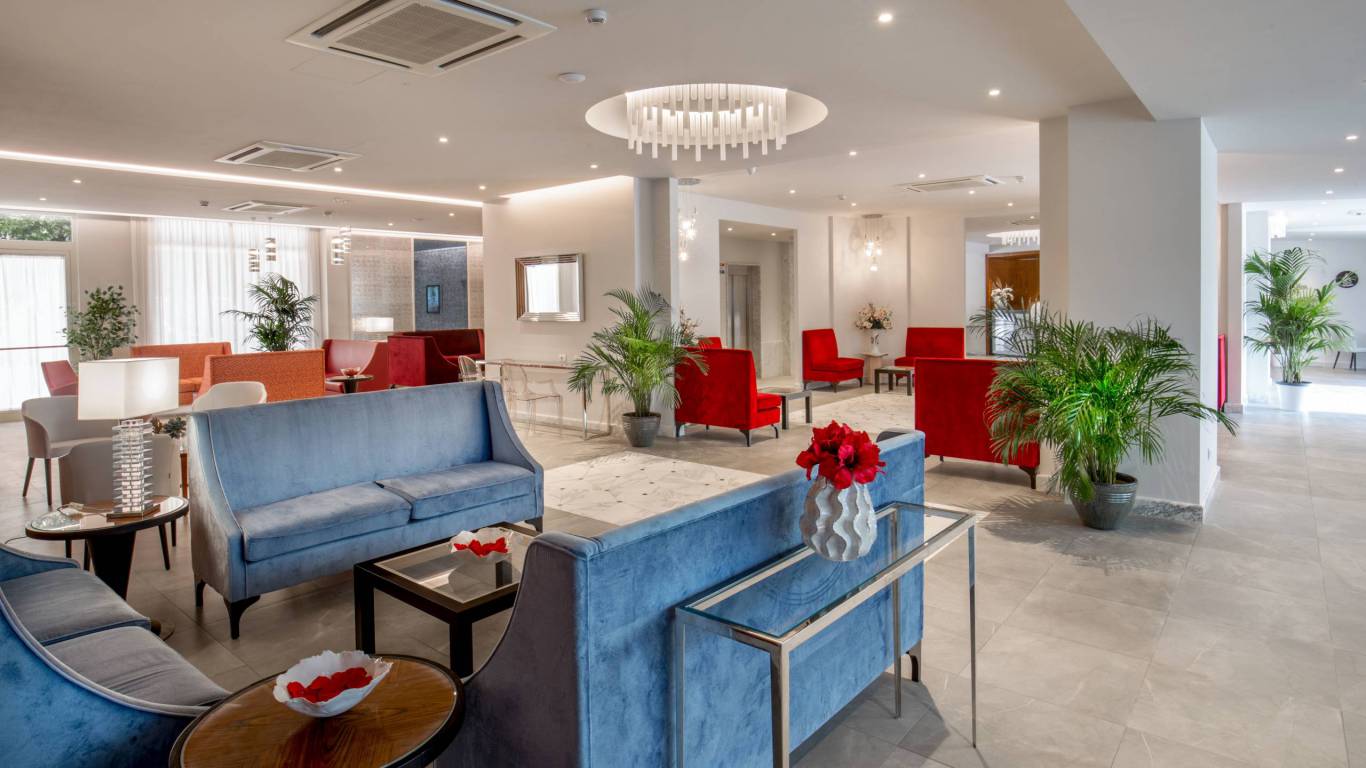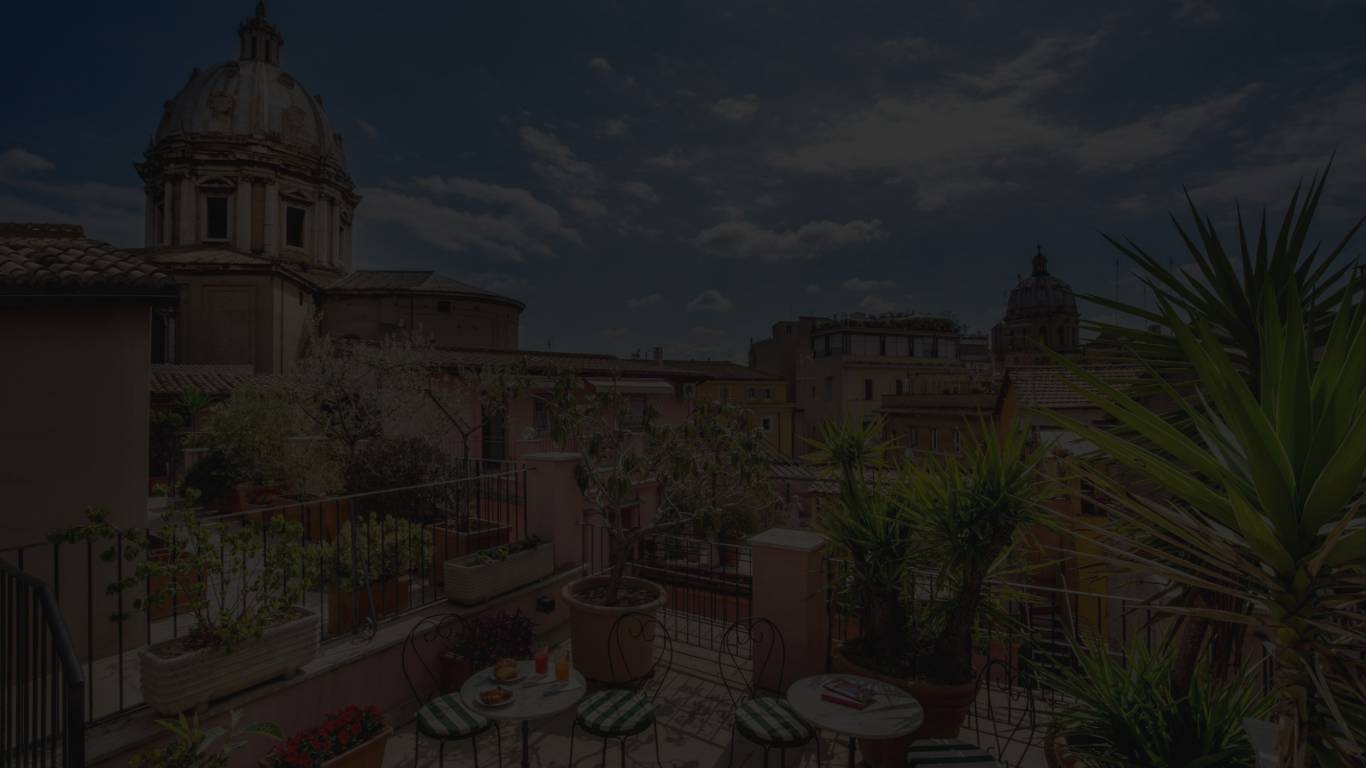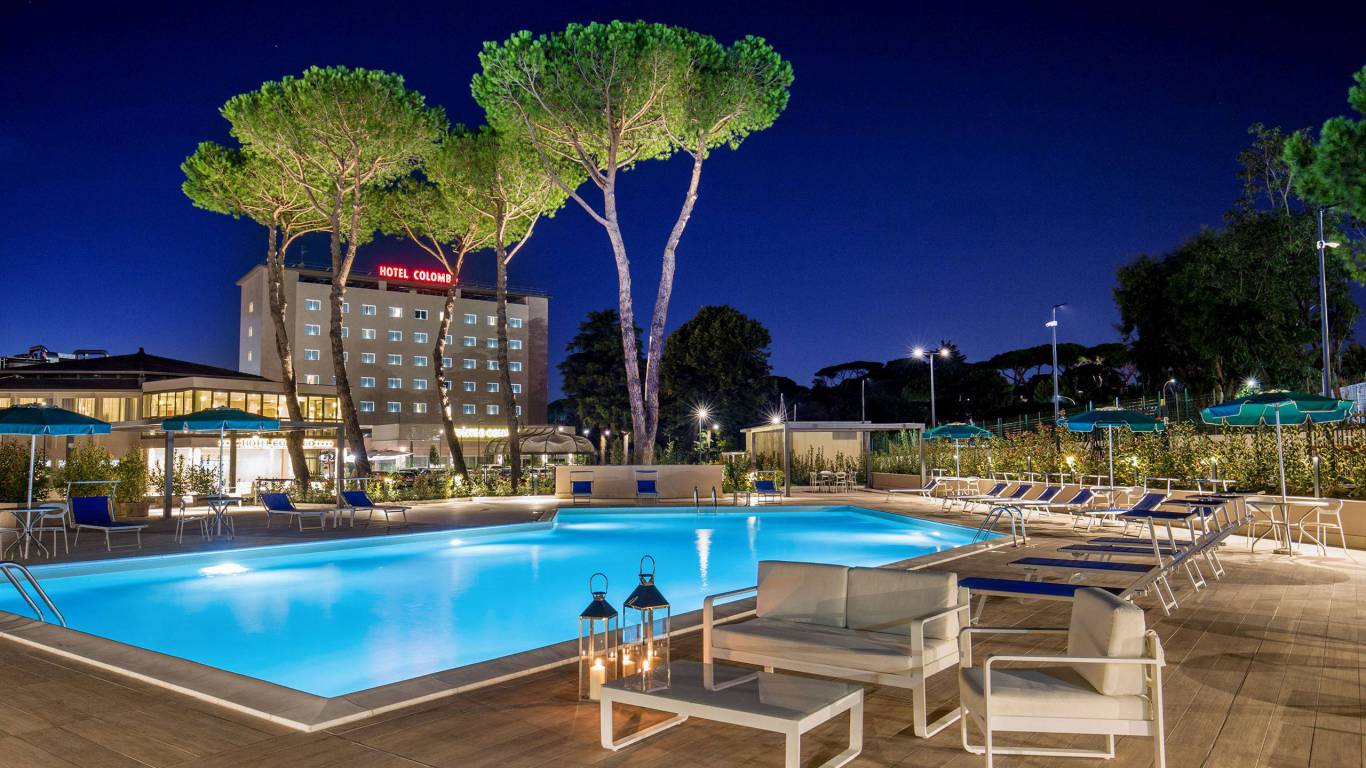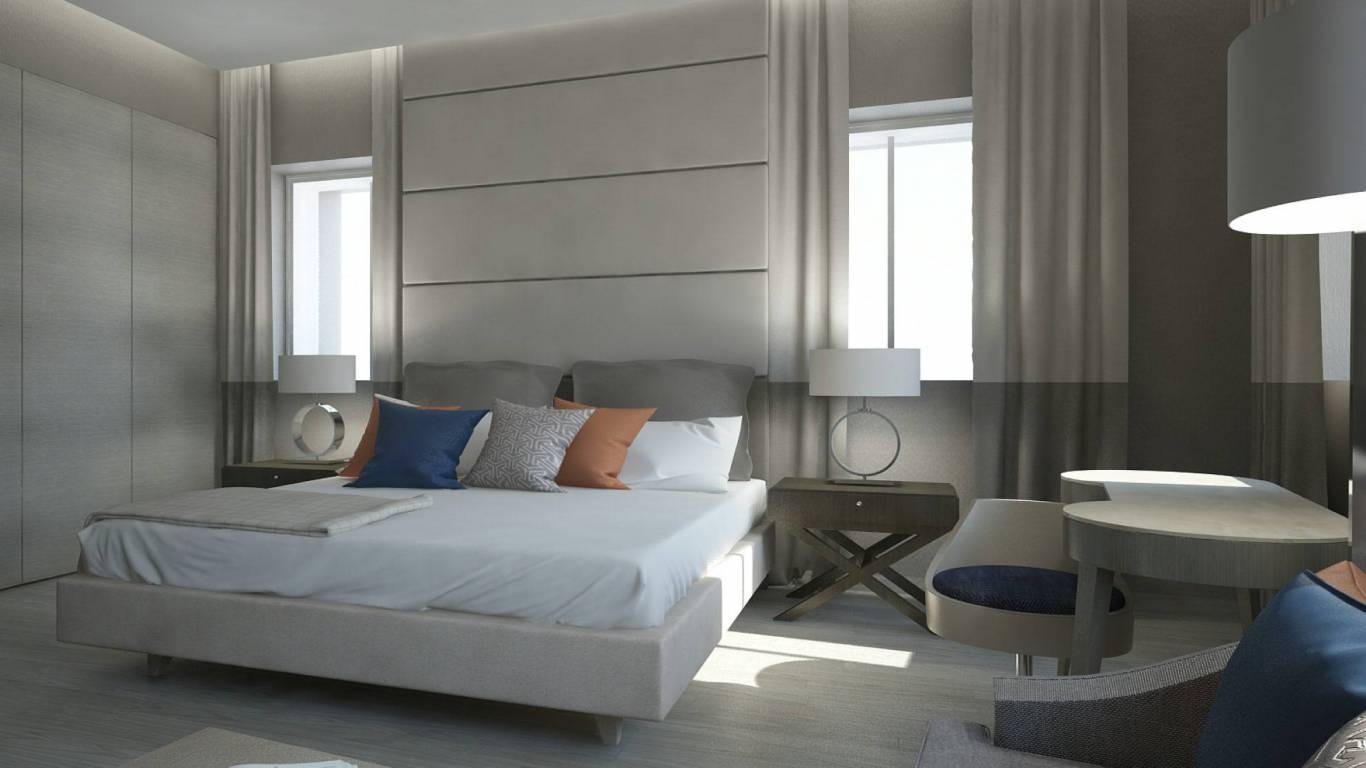MUSEUMS IN ROME: BORGEHSE GALLERY
THE HISTORY OF THE BORGHESE GALLERY
Galleria Borghese "delight of Rome" attracts thousands of visitors every year. The museum is housed in the Villa Borghese Pinciana, immersed in the homonymous Park of Villa Borghese, overlooking it, in a setting of magnificence and majesty unique in the world.
The Villa Borghese Pinciana owned by the Borghese Family was born where once stood the gardens of the Villa of Lucillo (the "horti luculliani"); at the end of the eighteenth century it was transformed into the "Casino Nobile" now home to Galleria Borghes. In 1901 it became the property of the Italian State, sold to the City of Rome in 1903 and then became a Museum: the Borghese Gallery.
Today the Borghese Gallery houses paintings and sculptures from the fifteenth to the nineteenth century and a vast collection of bas-reliefs and ancient mosaics. The works are exhibited in the 20 rooms that together with the Portico and the entrance hall compose the museum spaces open to the public.
A JOURNEY THROUGH ART MASTERPIECES
Entering Galleria Borghese is an absolute journey through the masterpieces of Italian art. Crossing the entrance hall welcomes us, in fact, the "Glory of Rome" of the painter Mariano Rossi who frescoed the ceiling vaults representing Romulus, founder of Rome, brought to heaven by Jupiter, king of the Gods and that leaves the tourist for a long time with his eyes up.
Surely thinking of Villa Borghese, the first image that comes to mind and that cuts itself in the middle of the Sala Delfi Imperatori, is the famous Rape of Proserpina by Gian Lorenzo Bernini, a masterpiece that makes details its most distinctive features. The hands of Pluto that sinking beautiful legs of his prey and the tear that furrows the face of Proserpina represent unique details, so much so as not to look like marble but human flesh. The statue catches the attention of the visitor for several minutes, so much so that it is difficult to get away from it. Important sculptures by Bernini, including the "David", "Enea, Anchise and Ascanio" and "Apollo and Daphne", are present in the Borghese Gallery.
Moreover, speaking of the Borghese Gallery one cannot forget to mention Antonio Canova and his famous "Paolina Borghese" who welcomes us in Room 1 as a true hostess; in fact Paolina Borghese, Napoleon’s sister, had married Camillo Borghese. The work scandalous for the time, represents skin naked and true to the eye of the visitor.
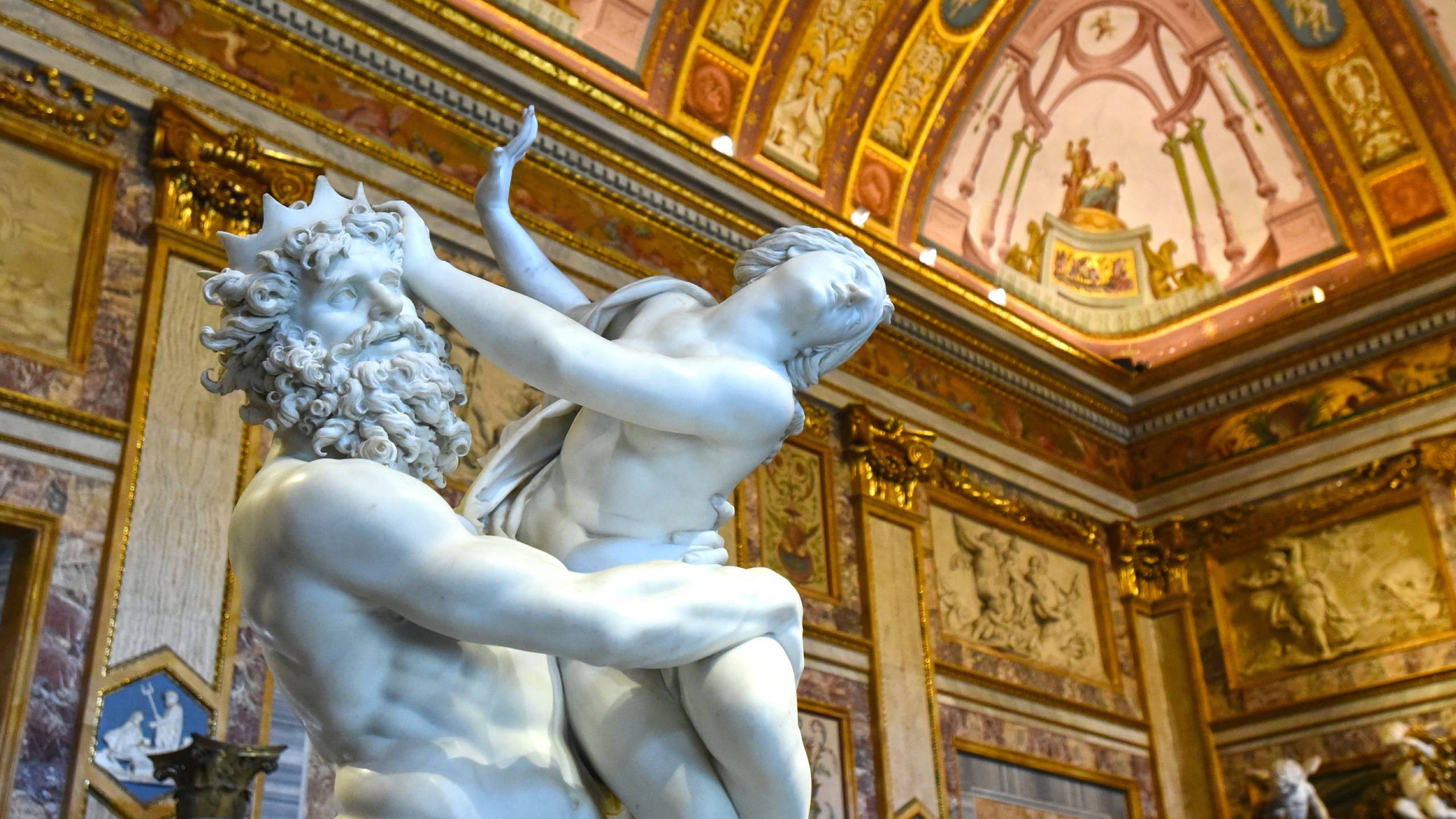
CARAVAGGIO AT VILLA BORGHESE
It should also be remembered that here is the most important collection of Caravaggio in the World with 6 works by the Master including the magnificent "Madonna dei Palafreni" as well as " Davide con la testa di Golia" and " Giovane con canestra di frutta". Also important is the presence of the works of Raphael of which you can admire the "Transport of the dead Christ" and the "Lady with Liocorno".
